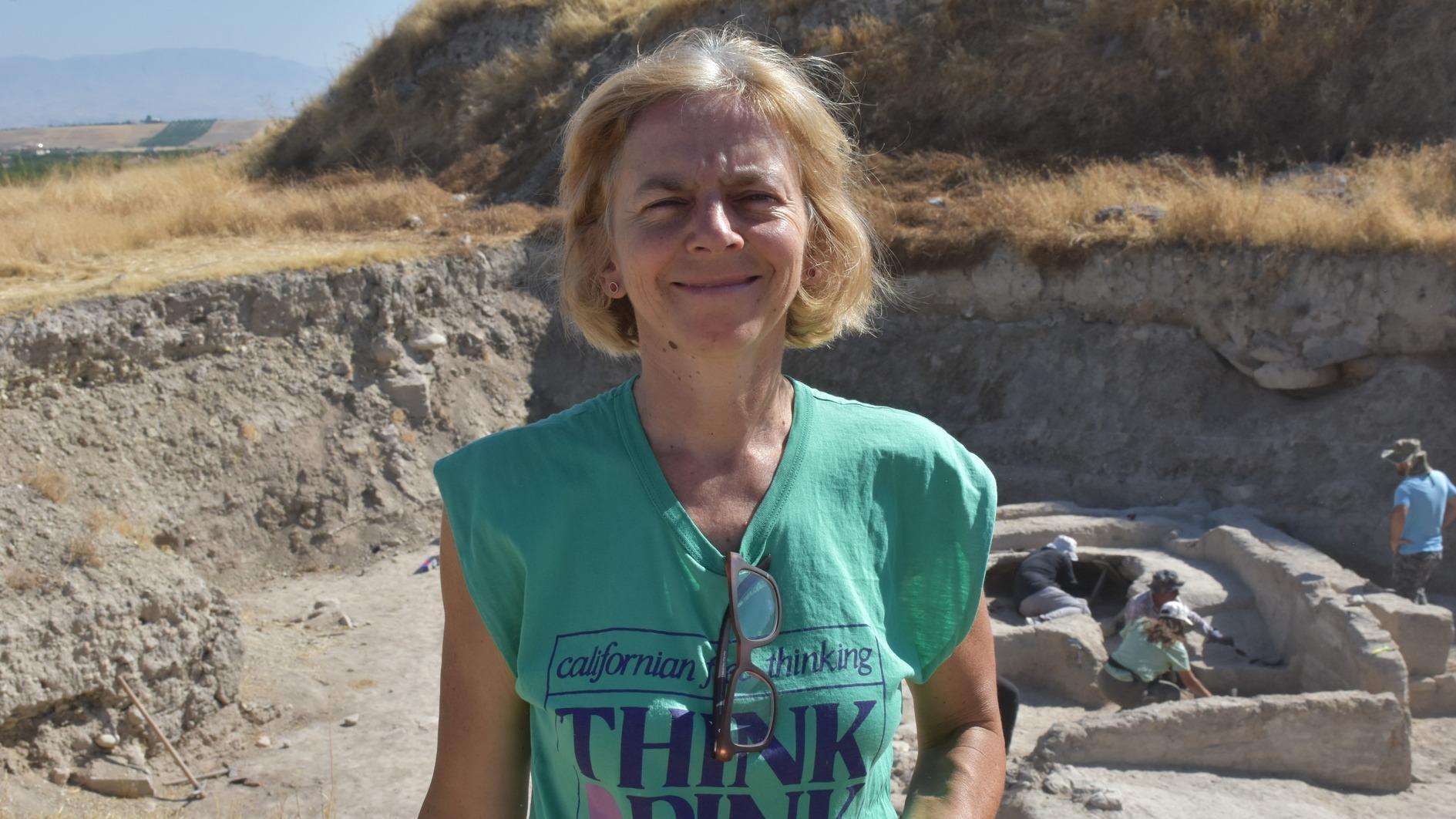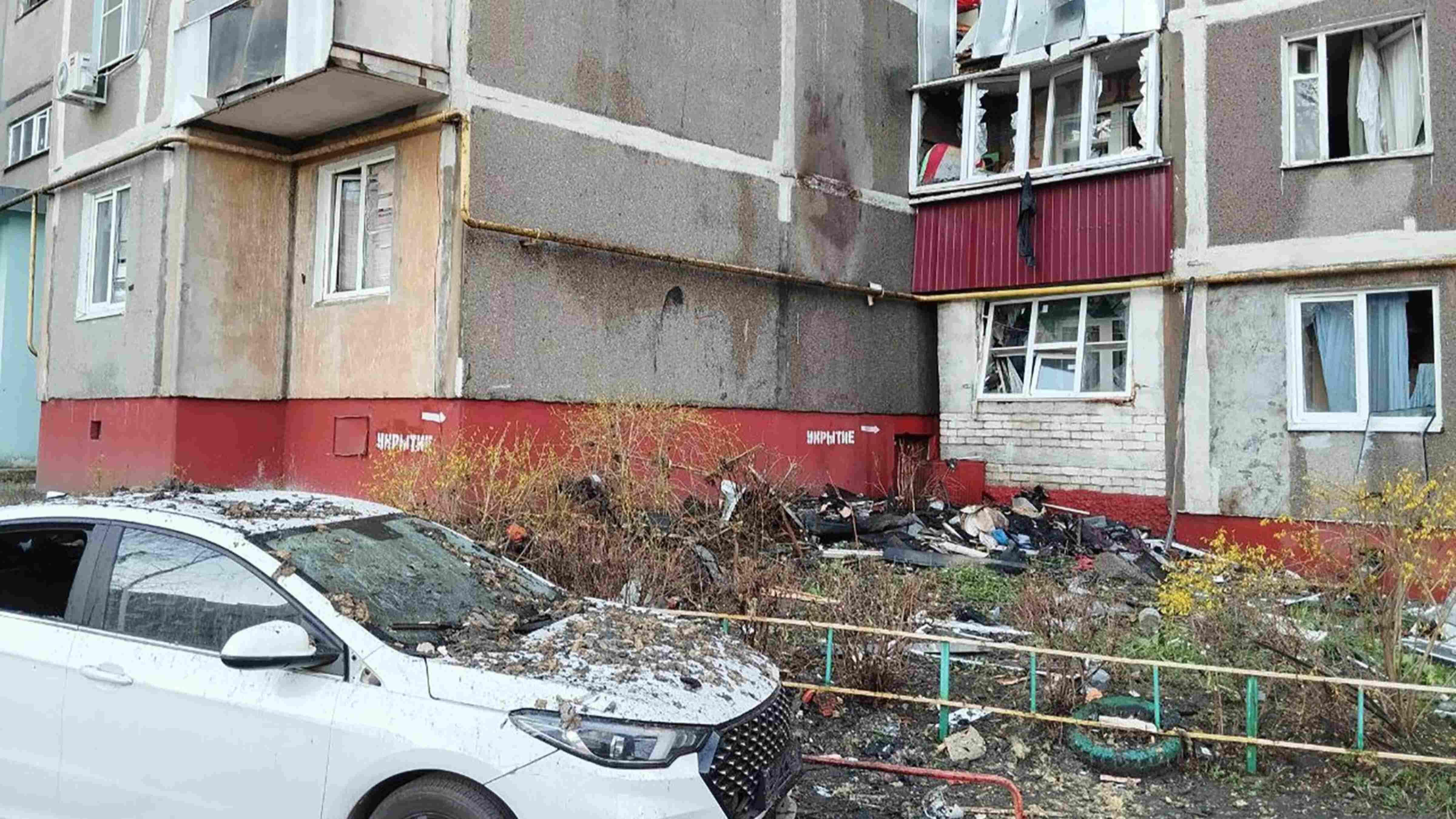Italian archaeologist in Arslantepe Mound feels at home
MALATYA

Italian archaeologist Francesca Balossi Restelli, who first participated in excavations at Arslantepe Mound in eastern Türkiye 28 years ago, considers the UNESCO World Heritage site her “home.”
The Arslantepe Mound, located 15 kilometers southwest of the Euphrates River, has been inhabited for thousands of years due to its high agricultural potential, wetlands, and protection from the river's floods.
“I don’t remember a life before Arslantepe. It feels like I’ve always been here,” Restelli told state-run Anadolu Agency, recalling her first excavation as a university student.
Restelli vividly remembers the excitement of discovering a royal tomb during her first year at the site, located in Malatya province.
“The year I first came was very special because we discovered a royal tomb. I was very lucky... I’ve been coming every year since 1996. Arslantepe has become like home to me, my life is here. Nearly 30 years have passed, but it feels like yesterday,” she said.
Restelli now leads the excavation team at Arslantepe and speaks fluent Turkish.
“This is an important place that I love. A lot of materials are being unearthed during the Arslantepe excavations, and the work here never ends,” she added.
Underlining the importance of strong bonds among team members, she said: “We’re like a family here ... I even brought my child here.”
Restelli added that beyond expertise, she looks for team members who can work well together.
The Arslantepe Mound was added to the UNESCO World Heritage List in July 2021.
The mound’s embankment is 30 meters high, and it was inhabited between 5000 B.C. and the 11th century A.D.
More than 2,000 stamp seals, a statue of King Tarhunza and two lion statues from the late Hittite period have been found at the site. The temple at Arslantepe dates back to 3600-3500 B.C.
















